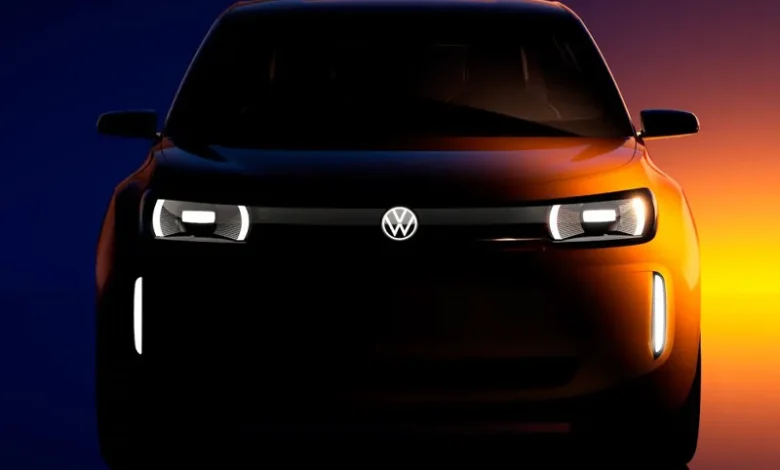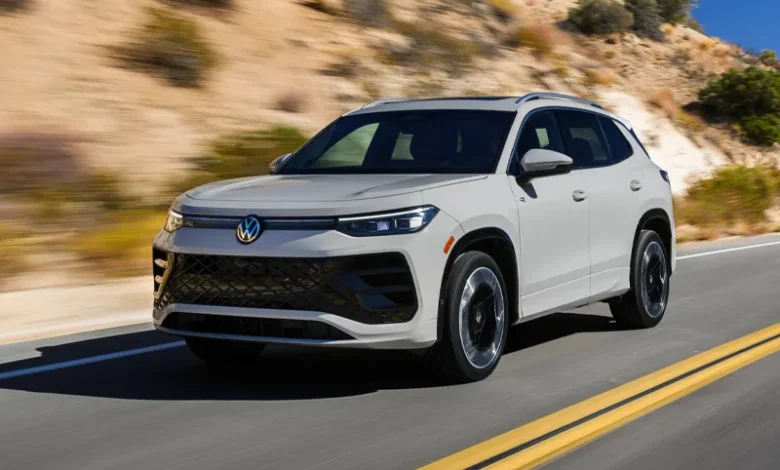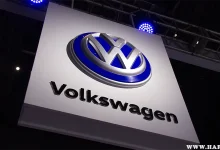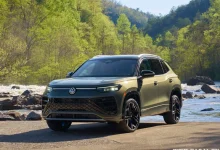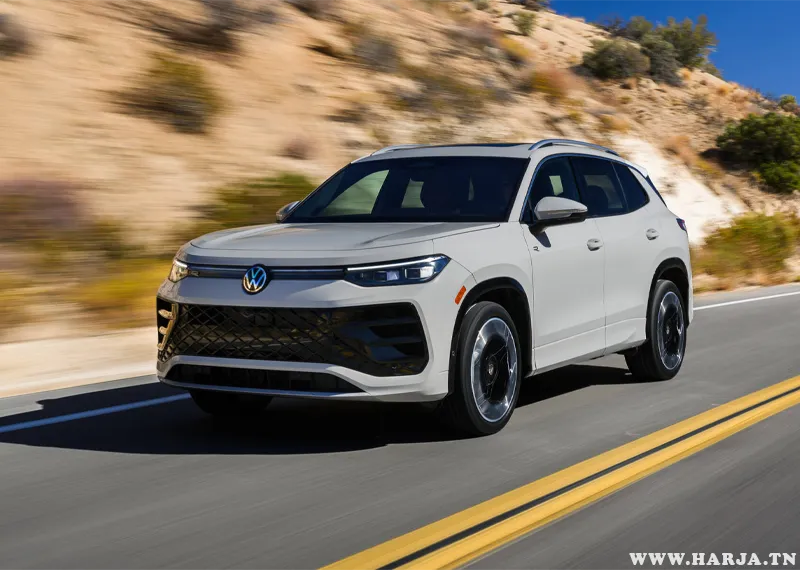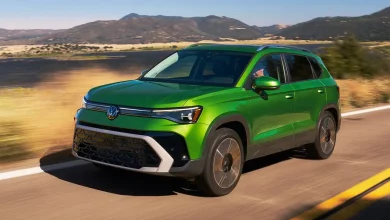Volkswagen, long recognized for its engineering precision and iconic models, is charging ahead into a new era of electrification. The company has just confirmed that two new hybrid models will debut by 2027, aligning with its broader strategy to offer more sustainable and efficient mobility solutions.
The hybrids will expand VW’s plug-in hybrid lineup, bridging the gap between traditional combustion and full-electric driving. With a rapidly evolving EV market and tougher emissions regulations in Europe and North America, this announcement signals Volkswagen’s continued commitment to electrification — without abandoning drivers who still value internal combustion.
Why Hybrids Still Matter in 2025
While fully electric vehicles (EVs) are gaining momentum, plug-in hybrids (PHEVs) and regular hybrids still play a critical transitional role. They provide range confidence and easy refueling — all while cutting emissions and improving fuel economy.
Volkswagen’s strategy reflects this reality. Instead of going all-in on EVs just yet, the automaker is leaning into versatility, recognizing that not all customers are ready to go fully electric.
“We want to offer vehicles that meet real-world needs today while preparing for the world of tomorrow,” said a VW spokesperson during a recent press event in Wolfsburg.
What to Expect: Two New Hybrid Models
🔹 1. A Plug-in Hybrid SUV
Volkswagen is likely to electrify one of its most important segments — the SUV category. While the exact model hasn’t been officially confirmed, sources suggest that the next-generation Tiguan or a new midsize SUV will gain a plug-in hybrid variant by 2026 or early 2027.
Expected Features:
- A 1.5L or 2.0L turbocharged engine mated to an electric motor
- Combined power output: ~240–270 hp
- All-electric driving range of 50+ miles
- DC fast charging capabilities
- New MIB4 infotainment and digital cockpit
This model will cater to families and commuters looking for an SUV that can handle daily electric commutes but still go the distance on weekends.
🔹 2. A Sporty Hybrid Sedan or Crossover Coupe
The second hybrid is expected to offer a more premium, performance-oriented experience — possibly a sleek sedan or crossover coupe that blends sporty design with high-tech features and plug-in capability.
While details are scarce, VW is likely to borrow architecture from the MQB Evo platform, shared with models like the Arteon and Golf.
Possible highlights:
- Plug-in hybrid system with dual-motor AWD setup
- Performance-tuned chassis (GT or R-Line variant)
- ~300 hp with electric boost
- Focus on aerodynamics and efficiency
- Targeted at younger urban professionals or style-focused buyers
This model could appeal to those who want EV performance without the charging anxiety that can still plague some regions.
Volkswagen’s Hybrid Vision
Volkswagen is no stranger to hybrids. The automaker currently offers the Golf eHybrid and the Passat GTE in European markets, with plug-in variants of the Tiguan already well-established abroad.
With these two new hybrids, VW is finally expanding its electrified offerings in North America, where buyers still value combustion engine flexibility.
“We’re seeing strong demand for transitional technologies,” said VW Group’s head of powertrain strategy. “It’s not about going electric overnight — it’s about giving drivers choices that work in their everyday lives.”
Platform and Technology Integration
Volkswagen’s upcoming hybrids will benefit from years of development on MQB Evo and PHEV-focused platforms already used across the VW Group (Audi, Skoda, SEAT). These platforms allow:
- Integration of larger battery packs
- Regenerative braking systems
- Predictive hybrid driving modes that adapt to road conditions
- Cloud-based software updates
- Wireless phone connectivity and app-based remote functions
Expect both hybrids to come with VW’s newest infotainment system, featuring natural voice control, AI-assisted navigation, and seamless over-the-air (OTA) updates.
Sustainability and Strategy
This hybrid rollout is part of Volkswagen’s Accelerate Forward 2030 plan, which aims to:
- Electrify at least 70% of its fleet in Europe by 2030
- Reduce vehicle CO₂ emissions by more than 50% by 2030
- Offer a fully carbon-neutral fleet by 2050
By 2027, these hybrids will give the brand a more flexible footprint, allowing consumers who aren’t fully ready to go electric a more environmentally friendly stepping stone.
How They’ll Compete
Volkswagen’s new hybrids will face stiff competition from:
- Toyota RAV4 Prime
- Ford Escape Plug-in Hybrid
- Hyundai Tucson and Santa Fe PHEVs
- Kia Sportage and Sorento PHEVs
What sets VW apart? A combination of Euro-inspired design, refined handling, and the tech-forward feel that many of its newer vehicles now offer.
What About Full EVs?
VW’s electric ID lineup — including the ID.4, ID. Buzz, and the upcoming ID.7 — remains a major part of its future. But the hybrids fill a necessary middle ground.
“In markets where charging infrastructure still lags, plug-in hybrids make perfect sense,” said one VW executive.
Conclusion: A Strategic Move with Real-World Benefits
Volkswagen’s decision to introduce two new hybrid models by 2027 reflects a smart, consumer-first approach. With EVs still working through infrastructure and affordability hurdles, hybrids remain the best of both worlds.
Whether it’s a family SUV with plug-in power or a sleek hybrid coupe for city living, these upcoming models show that VW is serious about giving drivers smarter choices today — while building the future of mobility.
Final Thoughts
- Two new VW hybrids launching by 2027
- Likely a Tiguan PHEV and a sportier crossover or sedan
- Designed for real-world practicality and environmental impact
- Targeting a market that values both performance and efficiency
Volkswagen may be electrifying the road ahead — but it’s doing so one smart step at a time.
